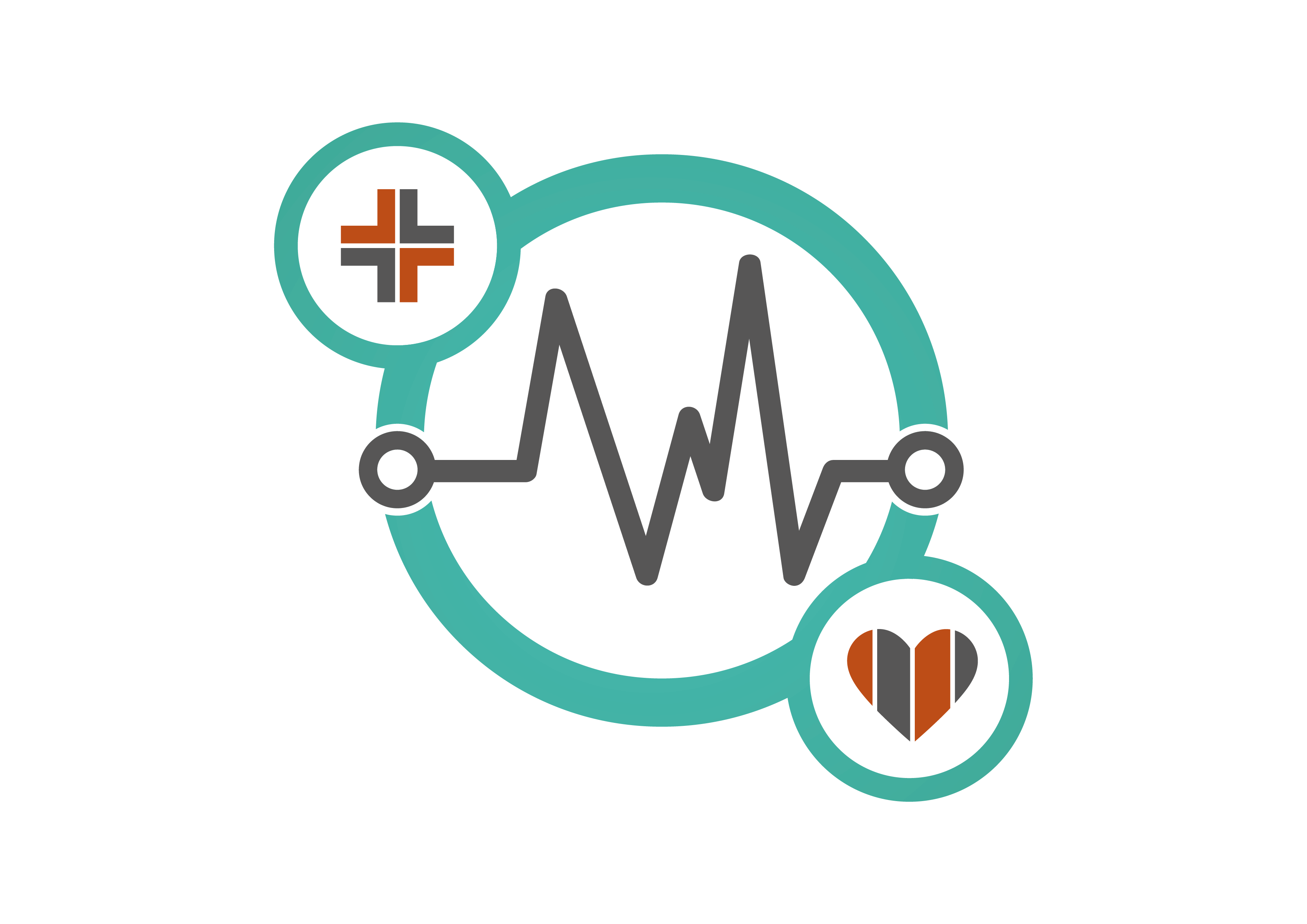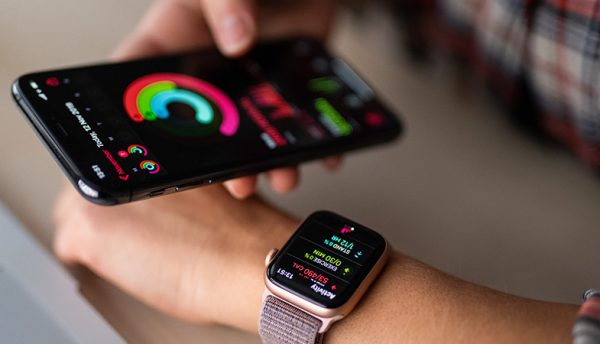Wearable devices like smartwatches and fitness trackers are no longer novelties and as the market finds itself at the maturity stages, it is truly transforming healthcare. Wearable devices are now empowering users to take greater control of monitoring and managing their own health. As these devices become more sophisticated and widely adopted, they promise to shift the patient-provider dynamic towards greater collaboration and ownership by patients over their health data and care decisions.
Martin Sandhu, CEO of digital transformation and healthcare company, nuom, explains how this technology is shifting healthcare trends.

How wearable devices encourage patient engagement
Wearable devices make it easier than ever for patients to actively participate in their own care. Features like step counters, heart rate monitors and sleep trackers allow patients to easily gather data about their daily behaviours and habits.
This quantifiable data empowers patients by increasing awareness about their own bodies and health and enables them to spot meaningful trends and patterns. Patients are thus motivated to make lifestyle changes to positively impact the health metrics displayed through their wearable devices.
In addition, the convenience of wearables means patients can track health factors in real-time throughout the day, rather than only when at a doctor’s appointment. This helps patients feel more continually connected to their health journey and in charge of their lives.
Data for decision-making
In the past, health data was confined to sporadic lab tests and GP visit measurements – such as the dreaded weigh-ins or blood pressure measurements. Now thanks to wearables, patients have access to a continuous stream of personal data, that includes resting heart rates, calorie burning and fat loss analysis, menstrual cycle information and efficacy of any physical activity or rest periods.
This data shifts discussions with healthcare providers to focus more on the lifestyle factors that patients can control day-to-day, rather than solely relying on medication or other clinical interventions. Armed with objective data from their wearable device, patients can have more meaningful discussions with their doctors about what treatment plans and health goals make the most sense for their unique needs and circumstances.
Patient access to data is crucial
A key aspect of empowering patients through wearable devices is private access to health data. Regulations about patients being able to access their medical records also apply to wearable data that patients generate about themselves. Keeping data siloed away in proprietary platforms that limit patient ownership undermines the goal of increasing patient engagement, accountability and empowerment over personal health management. Platforms like Apple Health showcase how wearable data should integrate seamlessly across apps chosen by patients and remain easily exportable and shareable according to patient preferences.
Remote patient monitoring boosts access
The data and alerts provided by wearable devices enable remote patient monitoring by healthcare providers. This allows doctors to track high-risk patients without requiring them to physically come into the hospital for simple measurements. Detailed wearable data and telemedicine consultations can even replace in-person visits entirely when appropriate, vastly increasing the convenience and accessibility of care.
Expanding telemedicine access through wearable integration empowers patients by reducing barriers like transportation, mobility limitations or inflexible work schedules that traditionally impact users’ access to healthcare. Wearables thus help fulfil the promise of patient-centred care that is tailored to the unique needs of each individual. In addition, it allows patients to better advocate for themselves and support their concerns about a potential illness with data.
Privacy risks and data security
While wearables present exciting opportunities for patient empowerment via data access, privacy risks remain regarding data sharing. There are valid concerns about third parties exploiting health data for profit or discrimination if data usage safeguards and patient consent protocols are inadequate. One example of this is the worry some women across the USA have when it comes to their menstrual data – which in the case of an abortion can be used to incriminate them.
As wearables integrate further into the healthcare system, vigilant policymaking regarding privacy protections will be crucial to prevent patients from being coerced into oversharing sensitive information against their best interests. Patients embracing wearables for health management deserve assurance that their personal health information will be handled securely and according to their preferences.
The future of patient empowerment
Wearables mark a turning point in healthcare technology by demonstrating useful health insights that can be derived from continuously gathered data outside clinical environments. As sensors, algorithms, and computing power improve, future wearables promise even more powerful abilities to predict and alert patients and doctors to changes in health conditions early enough to intervene effectively.
Machine Learning and AI will enable wearables to establish personalised baselines for health metrics and give increasingly precise and helpful lifestyle recommendations tailored to individual patients. Patients are just beginning to experience how wearable data can inform, motivate, and empower. Future innovation will deepen this transformation towards more patient-centric and collaborative healthcare enabled through wearable technology.
Conclusion
Wearable devices place health data and insights directly into patients’ hands like never before. This enables patients to take an active role in tracking, evaluating, and managing factors affecting wellness or chronic conditions.
Wearables motivate patients by illuminating how daily behaviours influence health, while also giving clinicians more complete data to personalise care plans. Wearables promise to shift the patient experience toward greater autonomy, transparency, convenience, and collaboration with providers. Leveraging wearable technology thoughtfully should be a key priority as we reimagine healthcare to be more patient-empowering and patient-focused.


